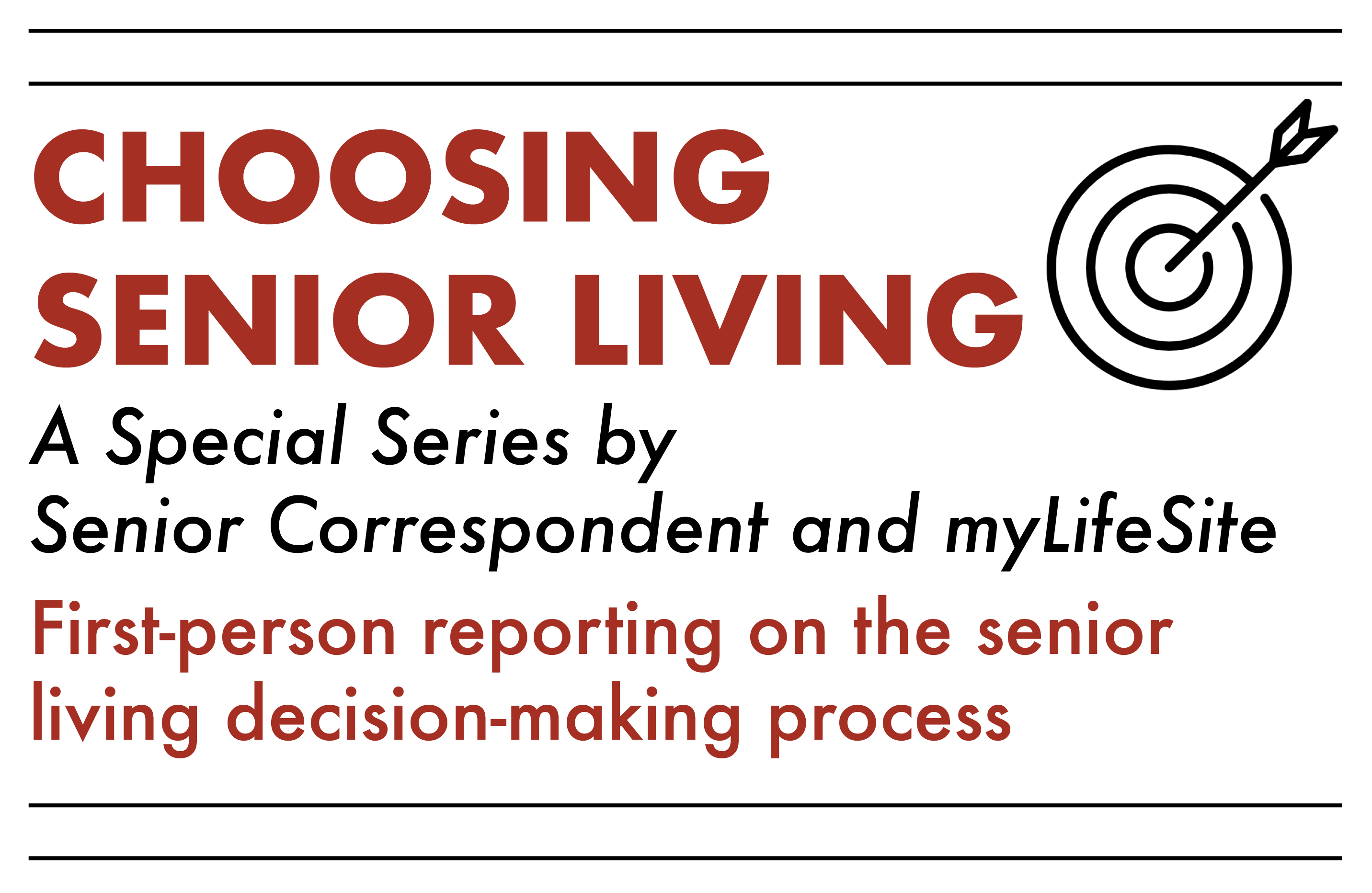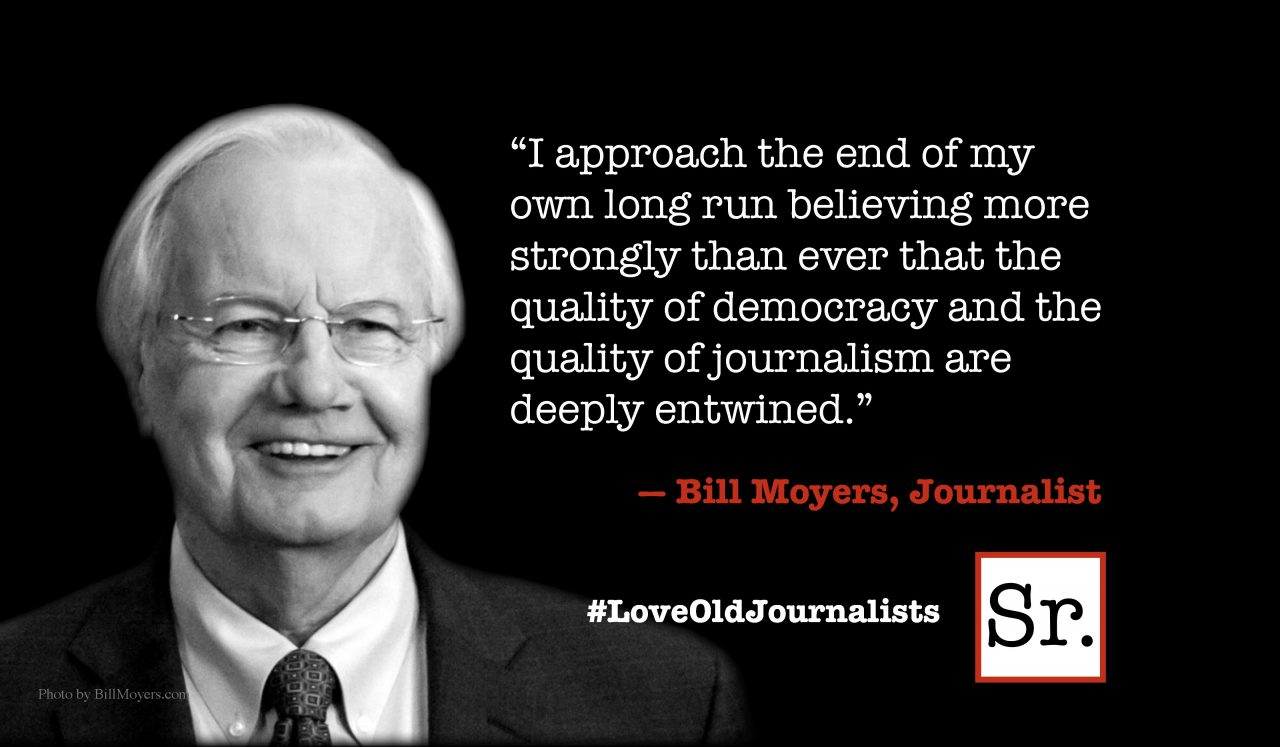I seek out the wisdom of the old tree on this Yom Kippur evening. The ghosts who are always with me are crowding in closer as the time of the Jewish Remembrance of the Dead comes – just as my own family's fall season of dying begins. When is a good time to die? Most of my family members have chosen the autumn months.
The sycamore tree that has been here since before the Pilgrims landed hasn't changed much since my last visit. The ducks, egrets and assorted birds lend truth to this park named as a nature preserve. The leaves haven't begun falling from the old tree in earnest yet. I am pleased I can still hoist myself up into the nook in the tree where I sit.
Tonight, I seek out my god: nature. I feel connected to it. I am aware, sitting here among my ghosts, that in age and in thought, I am closer to the dying. Not that I'm not grateful I am alive and still healthy enough to do most of what I want to do. But I feel the heavy burden of maintaining my health; since healthy living is the only kind of living I want.
A friend of almost my age confided that she doesn't have anything left on her bucket list. Nor do I. Other than some unrealistic regrets like not becoming a dancer, I have checked off everything. There is some contentment in having achieved an empty bucket list, but it feels, well, finished.
Then the wisdom of the tree tells me I do have one, or maybe two items, to put on my bucket list. Is it unrealistic to add “being a successful writer”? But, of course, the definition of successful is elusive. Does it mean figuring out how to publish the Chinese translation of my first book, "Memoirs of a Middle-aged Hummingbird?" Is it finding just the right venue for my new book, not yet published, "Out of Step: A Diary To My Dead Son." Is it something I have yet to write? Perhaps just writing two books was a success. But then my bucket list would still be empty.
The old tree whispers to me, "Mind-body connection."
Yes, that's something I want to put on my bucket list. I have read about the mind-body connection. I have felt it. I believe in it. And yet, there is a depth to it that I know I haven't reached. It's challenging to believe the mind-body connection can heal while health insurance, Medicare and big pharma all yell so hard to convince us otherwise.
A little boy visiting his Korean grandparents crawls up and along a branch of the tree. He whines when his father wants him to come down. I wave to the little boy who bravely stands tall on his branch. He waves back with a smile. He's the same age as my half-Chinese/half-Korean grandson. Old trees connect to young children like old grandparents connect to their grandchildren.
Thank you, old tree. As it gets dark, I hug the tree, enjoying its strong, grounded feeling. I leave with the energizing challenge of two new ideas for my bucket list. I walk home, surrounded by my friendly ghosts.




